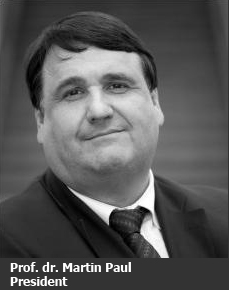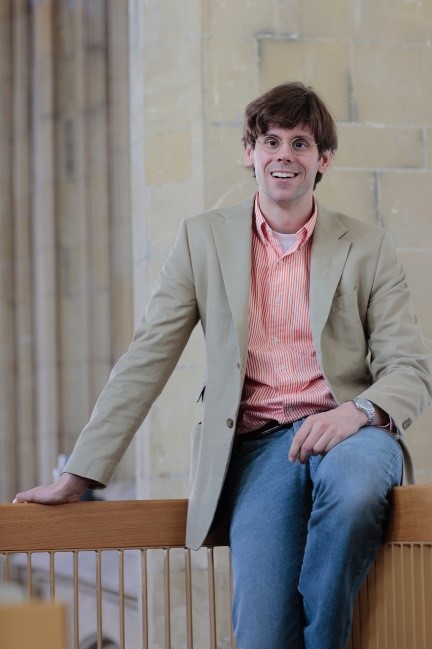Kein Schlussstrich

In the past few days, we’ve commemorated the 70th anniversary of the end of World War II. Seventy years! We used to call that a lifetime. While most of us were born after the war, that same war has affected our lives in one way or another, even though we may not realise it.
Knowing what atrocities took place during the German occupation of the Netherlands, with all the terrible consequences, I sometimes find it unreal that we now live in peace in this part of Europe—and that we do so in mutual respect, with a strong bond of friendship that has again emerged between the Netherlands and Germany.
I was born in 1958, thirteen years after the war, in a Germany that was still trying to find a place for its past. Where young generations were grilling their parents and grandparents about their involvement and where the reconstruction of a democracy sometimes seemed like a matter of two steps forward and one step back. In such a spirit of reconstruction, it’s very tempting to forget the past, or to ignore it. So it’s not surprising that at that time the idea arose that the new Germany would benefit by distancing itself from the past. They called it ‘einen Schlussstrich ziehen’, meaning ‘to draw a line under’. Somehow it made sense to look only to the future. It’s easier; you avoid feeling guilty but also feeling responsible.
It does credit to postwar Germany that this philosophy, which is essentially the ‘ich habe es nicht gewusst’-mentality (‘I didn’t realise’), didn’t gain any headway with a large part of the population and especially not with the post-war German government. Many Germans realised that they had to actively show how they did their best to learn to live with the past of their country. They understood that they could only do better than their ancestors by not forgetting.
Until this day, that still presents dilemmas for the country, for instance with the discussions about the preservation of the Nuremberg complexes, where the Nazi regime held their megalomaniac events. Should you maintain it in order to reassert the message ‘never again’ for future generations? Or would you send a painful message by investing millions in these ‘shameful stones’?
After the war there was a new European mobility, which laid the foundation for today’s mutual understanding. One of the people who convinced me to come to Maastricht was a now-retired German colleague, who moved to the Netherlands after the war because he visibly wanted to help build a postwar Europe. He wanted to let our neighbors see that the Germans wanted to be part of the new Europe. He was convinced that we can only live in a peaceful Europe and build a future if we respect each other, and therefore actually reflect on the past rather than ignore it. On both sides of the border people did their part, just as he did. After living and working in Limburg for twenty years, he returned to Berlin with a lifelong friendship with the region and its inhabitants.
Especially now that I work in Limburg, fifty years after he did, I realise that we owe a lot to people like him. When I first started in 2011 as president of the Executive Board of Maastricht University, my first official job was to represent the university at the Remembrance Day service in Maastricht. I was deeply touched by the ceremony. It strengthened my conviction that we can’t put a ‘Schlussstrich’ under the war. We need to continue to reflect on this period of history, even in places like Nuremberg. Remembrance, in whatever form it takes place, not only reminds us of the past but is also our bridge to the future.
Other blogs:
Also read
-
Dear members of the UM Community,
The end of the academic year is always a busy period; on the one hand, projects that have been in the works for a long time must be completed, while, on the other hand, preparations for future years need to be made. And all of this is happening in a volatile...
-
On 30 May 2024, the Council of the European Union announced its final approval of the Union’s long anticipated withdrawal from what can fairly be labelled as the most controversial international treaty ever, the Energy Charter Treaty (ECT).
-
Every year in June, several cities in Europe (and in the world) come alive with rainbow colours to celebrate Pride month. In addition, we vote for new Members of the European Parliament.



